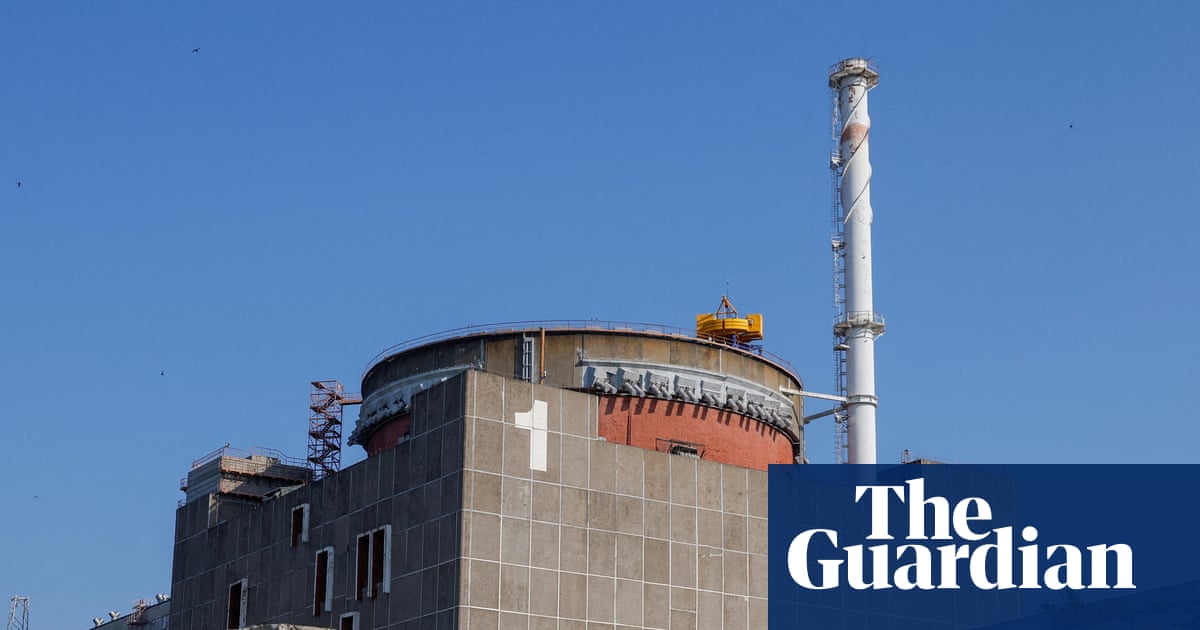Air pollution from wood burning and gas cooking is massively costly to our healthcare systems and the economy. These are the conclusions of a peer-reviewed study from New Zealand that calculated the cost of hospital treatment, days off ill and early deaths from the air pollution produced by fireplaces, stoves, gas cooking and un-flued room heaters.
Indoor air pollution from New Zealand’s 523,000 wood burners was estimated to account for 446 hospital admissions for heart and lung problems, and 101 early deaths annually, in a country with a population of just over 5 million people. Breathing fumes from gas cooking indoors created more than 1,000 hospital admissions, 208 early deaths and more than 3,000 new cases of childhood asthma each year.
Dr Gareth Gretton, from the New Zealand government’s Energy Efficiency and Conservation Authority, said: “We were aware of growing international evidence of the importance of indoor air quality, but we did not have a method for quantifying the cost of air pollution from gas and wood burning appliances.”
Open fires were found to be the most harmful way to heat a home. The health impacts of extra air pollution breathed in each house with a fire led to an annual cost of around NZ$53,400 (£23,000) to the New Zealand healthcare system and economy. This assumes a household of two adults and two children who are exposed to air pollution indoors from their open fire.
Even modern stoves created indoor air pollution. The researchers estimated a health and economy cost of NZ$1,800 annually from air pollution breathed in by each household that used one of these appliances. And indoor pollution from gas cooking exerted an annual cost of NZ$9,200 from each household.
Jayne Metcalfe, from the New Zealand consultancy Emission Impossible, said: “The hardest part was estimating how much different indoor combustion appliances affect air quality in people’s homes. We reviewed studies from New Zealand and overseas, but indoor air quality is complex. Even so, the results were clear: no matter which assumptions you use, the health costs from indoor air pollution are significant for all the combustion appliances we looked at.”
She added: “The health impacts of indoor air pollution are significant. A simple way to reduce these is to replace gas hobs with electric ones whenever possible – and ideally avoid installing new ones altogether. It’s a win – win for both health and the climate.”
Wood burning also adds to outdoor air pollution, which affects the local community. This extra health cost was NZ$3,200 (£1,400) annually for each modern wood stove and as much as NZ$26,800 (£11,500) for each open fire.
This is far greater than estimates for London, where air pollution from the typical wood burner creates a yearly health cost of about £800 in the surrounding community, broadly in line with a European-wide estimate of €760 (£660) for each household with a wood stove. A large part of this difference may be explained by usage, and the New Zealand study may provide a glimpse of the future if UK homes were to burn more wood.
A 2015 survey found that fewer than 5% of New Zealand homes had central heating. Instead, heating one room at a time is the norm, including with wood fires and portable heaters. About 95% of UK homes have central heating, and wood and coal fires are rarely needed as a main heating system.

.png) 1 day ago
10
1 day ago
10

















































